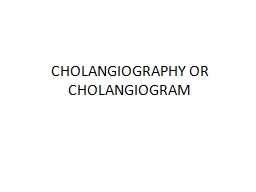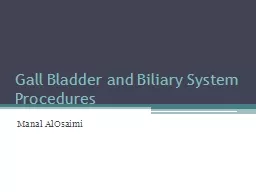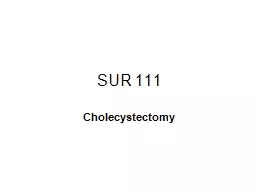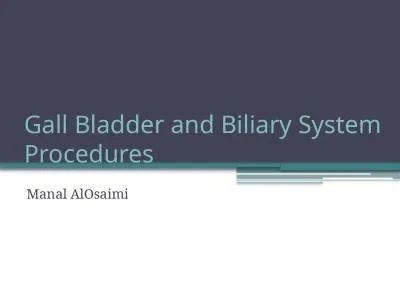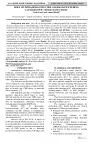PPT-CHOLANGIOGRAPHY OR CHOLANGIOGRAM
Author : carla | Published Date : 2023-05-20
Anatomy of biliary system Cholangiography is a procedure that allows visualization of the ducts common bile duct and cystic duct that carry bile from the liver
Presentation Embed Code
Download Presentation
Download Presentation The PPT/PDF document "CHOLANGIOGRAPHY OR CHOLANGIOGRAM" is the property of its rightful owner. Permission is granted to download and print the materials on this website for personal, non-commercial use only, and to display it on your personal computer provided you do not modify the materials and that you retain all copyright notices contained in the materials. By downloading content from our website, you accept the terms of this agreement.
CHOLANGIOGRAPHY OR CHOLANGIOGRAM: Transcript
Download Rules Of Document
"CHOLANGIOGRAPHY OR CHOLANGIOGRAM"The content belongs to its owner. You may download and print it for personal use, without modification, and keep all copyright notices. By downloading, you agree to these terms.
Related Documents

